The UK security industry offers a dynamic and rewarding career, with high demand for skilled professionals. Security operatives are crucial for safeguarding people, property, and assets, maintaining order, and ensuring public safety across diverse settings. If you're responsible, observant, and committed to public welfare, this sector provides continuous development and a chance to make a tangible difference.
To start your career in security, you first need to complete SIA-approved training for your chosen field and then apply for your SIA licence. This legal requirement ensures you possess the essential skills needed to work at licensed premises. Once you’ve obtained your licence, you can explore diverse roles, including door supervisor, security guard, and CCTV operator. The industry offers varied paths to suit different interests and expertise.

Security is more than just protection—it's the foundation for safe environments.
Security, at its core, is about safeguarding people, property, and assets from harm, loss, or disruption. It encompasses a wide range of measures designed to prevent incidents, respond effectively when they occur, and deter potential threats.
In today's complex world, the private security industry is indispensable, working in close partnership with law enforcement to create safer environments across various sectors, from bustling commercial centres to private residences. The industry proactively mitigates risks, ensuring peace of mind and operational continuity for businesses and individuals alike.
Security provision typically takes three
forms:

Involves trained personnel providing a visible deterrent, rapid response, and human judgment. Roles include static guards, mobile patrols, and door supervisors.

Uses barriers like locks, fences, and reinforced structures to deter and prevent unauthorised access.

Leverages technology such as CCTV, intruder alarms, and access control systems for surveillance, detection, and monitoring.
Choose from our SIA-approved security training courses and start your
career with the right skills.
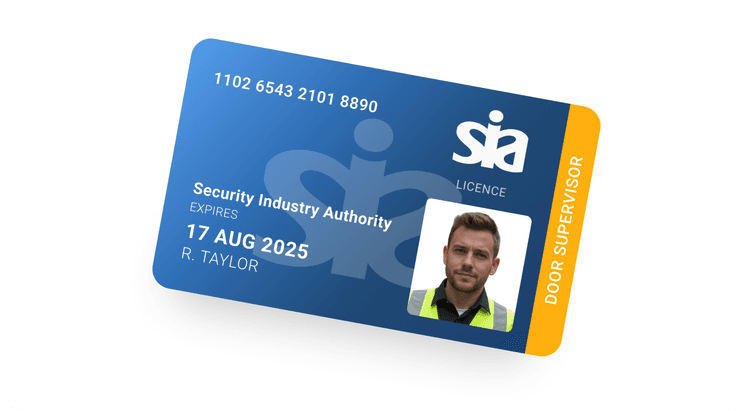
Start your security career with the SIA Door Supervisor course.
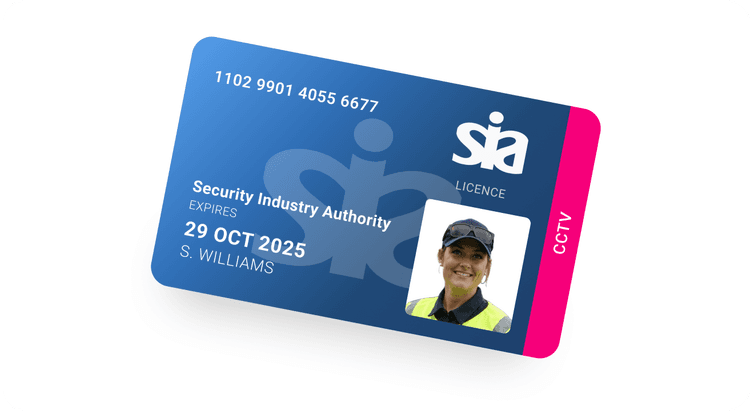
Start your security career with the SIA CCTV Operator course.
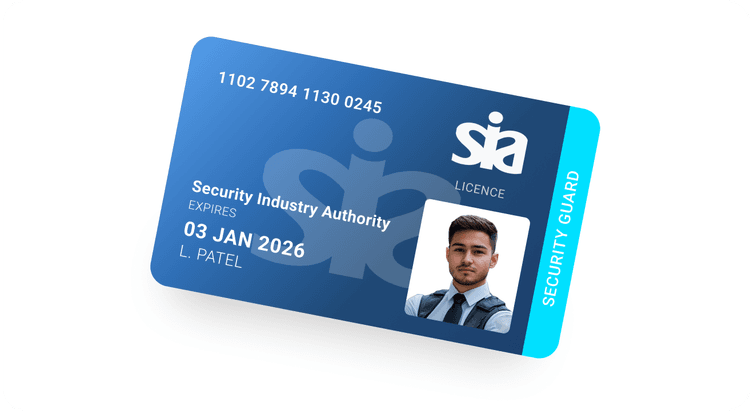
Start your security career with the SIA Security Guard course.
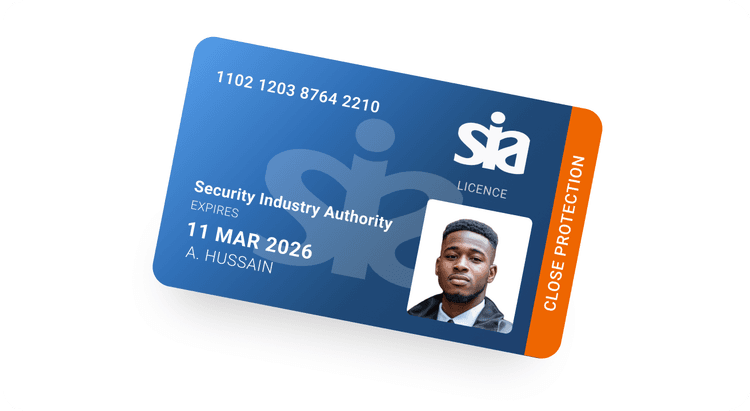
Start your security career with the SIA Close Protection course.
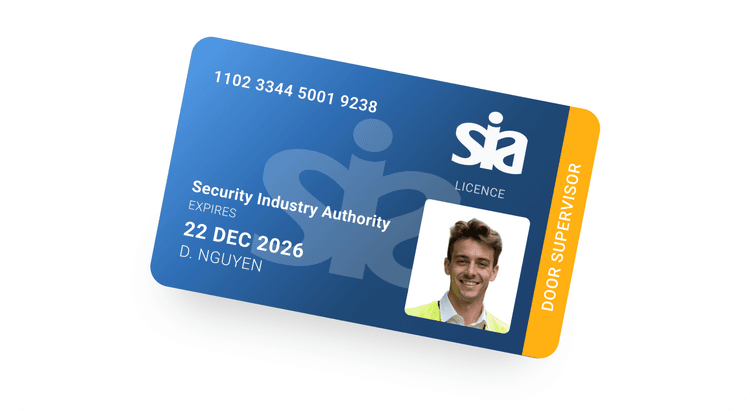
Start your security career with the SIA Door Supervisor Refresher course.
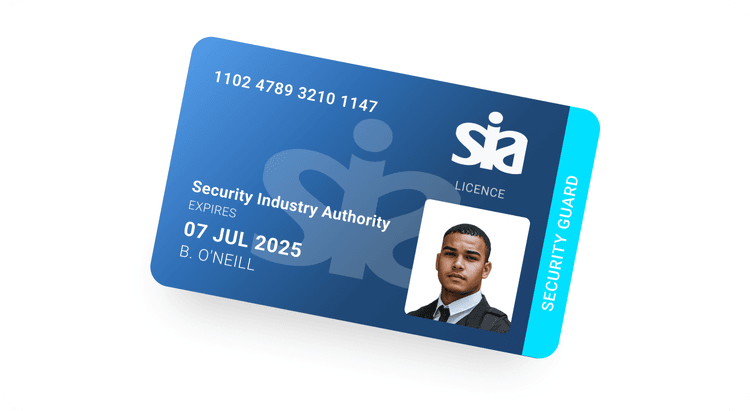
Start your security career with the SIA Security Guard Refresher course.
Today, approximately half a million people are employed in security roles in the private security sector. Of that half a million, the roles that exist within the security industry include:
A door supervisor carries out security duties in or at licensed premises. The mandate of a door supervisor is to prevent crime and disorder and keep staff and customers safe. Door supervisors may have to assist in dangerous or hazardous situations (Including slips, trips, & falls), emergencies (evacuations or handling suspect packages), giving first aid, theft and property damage prevention, and criminal damage & defacement.
Understand the key responsibilities, licensing requirements, and qualities that define
a professional in the UK security industry.
Security officers are primarily tasked with:
Starting from
£249.99
Starting from
£2199.99
Starting from
£129.99
Starting from
£239.99
Starting from
£219.99
Starting from
£239.99
Starting from
£219.99
Starting from
£2199.99
Starting from
£99.99
Starting from
£249.99
Starting from
£129.99
Starting from
£99.99